Can you be sure this is a tumor and not just normal breast tissue?
WE DON'T know the cause of breast tumors or of
breast cancer. There is no way of preventing the disease.
Early breast cancer can be cured in 80 percent of the
individuals.
The problem is with a woman who feels a lump in her breast or who has already been treated for a breast "tumor." At the time of consultation the patient wants to know if this is "really a tumor." Can it be cancer? The questions all filter down to this consideration and to whether the breast may have to be removed.
In these times information about these problems is widely disseminated, and women are appearing for early diagnosis and treatment. Often the lump is not a cancer. More than 50 percent of the lumps in mature women are not cancer.
For the patient who has already had a breast tumor removed, the consultation concerns whether another operation is required for the new lump. The patient who has already had a breast amputation seeks advice regarding ways to arrest the growth or reappearance of the tumor.
The management of breast conditions is one in which opinions and results differ because there are a variety of effective treatment methods. Surgery, hormones and X-ray treatments each can be effectively employed, either alone or in combination.
Nevertheless, this is a possibility and significant enough to suggest that no final decision be made until you are reexamined two weeks from now. Meanwhile, the physician will get a mammogram. This time interval is of no significance.
The problem is with a woman who feels a lump in her breast or who has already been treated for a breast "tumor." At the time of consultation the patient wants to know if this is "really a tumor." Can it be cancer? The questions all filter down to this consideration and to whether the breast may have to be removed.
In these times information about these problems is widely disseminated, and women are appearing for early diagnosis and treatment. Often the lump is not a cancer. More than 50 percent of the lumps in mature women are not cancer.
For the patient who has already had a breast tumor removed, the consultation concerns whether another operation is required for the new lump. The patient who has already had a breast amputation seeks advice regarding ways to arrest the growth or reappearance of the tumor.
The management of breast conditions is one in which opinions and results differ because there are a variety of effective treatment methods. Surgery, hormones and X-ray treatments each can be effectively employed, either alone or in combination.
Can you be sure this is a tumor and not just normal breast tissue?
Surgeons use the term "tumor" as you would use the word "lump" to mean an abnormal swelling. In that sense the lump in the breast is not normal breast tissue; you can see it protrude when you are moved into various positions by the doctor. Most importantly, when examining the lump in several ways and positions, the experienced touch can feel that its consistency and contour are not that of the normal breast.Is it possible that this is not a tumor but a change associated with my menstruation?
In many women the breasts enlarge, become tender and lumpy just before the onset of menstruation. This is the breast's preparation for the possibility of pregnancy. The changes are usually cyclic and disappear with the menstrual flow. But when you have just one lump without the other breast changes of menstruation, it is unlikely that this lump is due to changes associated with menstruation.Nevertheless, this is a possibility and significant enough to suggest that no final decision be made until you are reexamined two weeks from now. Meanwhile, the physician will get a mammogram. This time interval is of no significance.

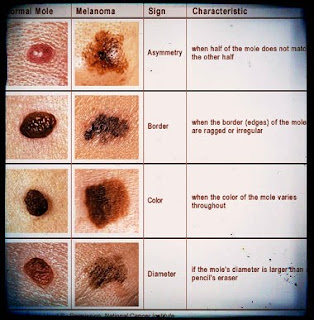
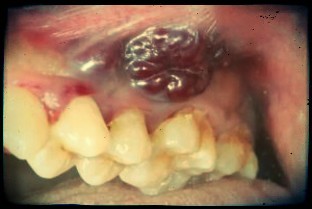
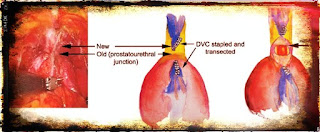
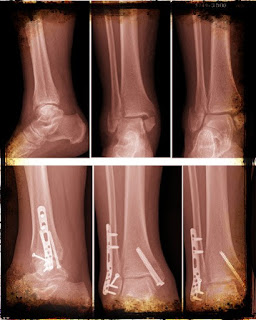
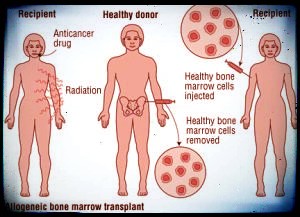
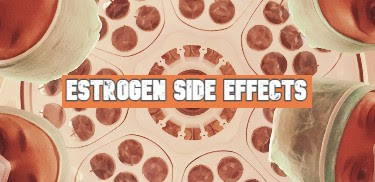
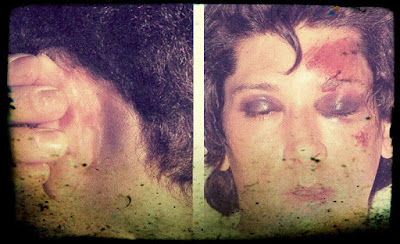
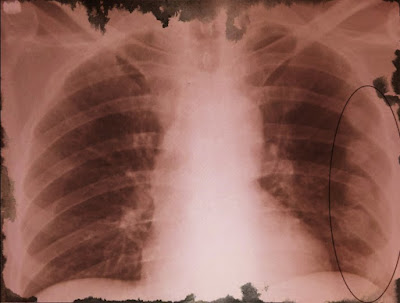


Comments
Post a Comment